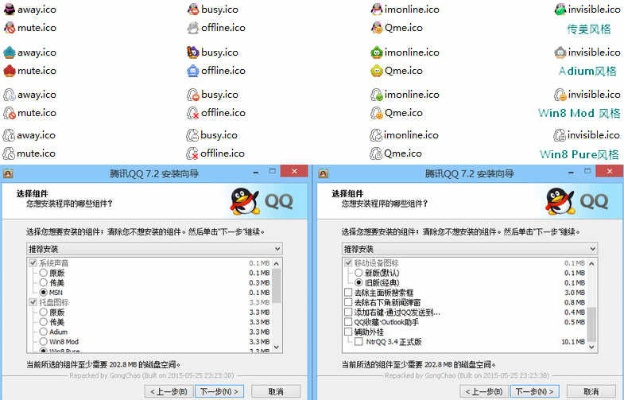Introduction to Real-Time Information Broadcasting
Real-time information broadcasting has become an integral part of modern communication. With the rapid advancements in technology, the ability to disseminate information instantly has transformed the way we receive and process news, updates, and alerts. This article explores the concept of real-time information broadcasting, its importance, and the various platforms that facilitate this crucial communication process.
What is Real-Time Information Broadcasting?
Real-time information broadcasting refers to the transmission of news, updates, and alerts as they happen, ensuring that recipients receive the most current information at the moment of occurrence. This form of broadcasting is characterized by its immediacy, which is essential in situations where timely information can make a significant difference. Real-time broadcasting can take various forms, including television, radio, online streaming, and mobile applications.
Importance of Real-Time Information Broadcasting
The importance of real-time information broadcasting cannot be overstated. Here are some key reasons why it is crucial in today's fast-paced world:
Emergency Response: In emergency situations, such as natural disasters or accidents, real-time broadcasting allows authorities to provide crucial information about the situation, evacuation plans, and safety instructions to the public.
Public Safety: Real-time alerts about severe weather conditions, such as hurricanes, floods, or wildfires, can help people take necessary precautions and avoid danger.
News Reporting: Real-time broadcasting enables journalists to report breaking news events as they unfold, keeping the public informed and engaged.
Business Operations: Companies can use real-time broadcasting to disseminate important updates about their products, services, and operations, ensuring that customers and stakeholders are well-informed.
Technologies Behind Real-Time Information Broadcasting
Several technologies contribute to the effectiveness of real-time information broadcasting:
Internet: The internet serves as the backbone for real-time broadcasting, allowing for the rapid transmission of data across the globe.
Mobile Networks: The development of 4G and 5G networks has significantly improved the speed and reliability of mobile data, enabling real-time broadcasting through smartphones and other mobile devices.
Satellite Communication: Satellite technology ensures that real-time broadcasting can reach remote and rural areas, where traditional terrestrial networks may be limited.
Content Delivery Networks (CDNs): CDNs help distribute content efficiently by caching it at various strategic locations, reducing latency and improving the user experience.
Challenges and Considerations
While real-time information broadcasting offers numerous benefits, it also presents certain challenges and considerations:
Accuracy: Ensuring the accuracy of real-time information is crucial, as false or misleading reports can have serious consequences.
Security: The transmission of real-time information over the internet can be vulnerable to cyber threats, necessitating robust security measures.
Accessibility: Efforts should be made to ensure that real-time information is accessible to all, including individuals with disabilities or those in areas with limited connectivity.
Platforms for Real-Time Information Broadcasting
Several platforms have emerged to facilitate real-time information broadcasting:
Social Media: Platforms like Twitter and Facebook allow users to share and receive real-time updates, making them valuable tools for broadcasting information.
News Websites and Apps: Many news organizations have developed dedicated websites and mobile applications that provide real-time news updates.
Emergency Alert Systems: Governments and organizations use emergency alert systems to disseminate real-time information to the public during critical situations.
Conclusion
Real-time information broadcasting plays a vital role in our interconnected world, providing instant access to news, updates, and alerts. As technology continues to evolve, the effectiveness and reach of real-time broadcasting will likely increase, making it an even more essential component of modern communication. By addressing the challenges and leveraging the latest technologies, real-time information broadcasting will remain a cornerstone of our ability to stay informed and connected in the face of an ever-changing world.
转载请注明来自江苏安盛达压力容器有限公司,本文标题:《实时信息广播英文,实时信息广播英文缩写 》













 苏ICP备2020065159号-1
苏ICP备2020065159号-1